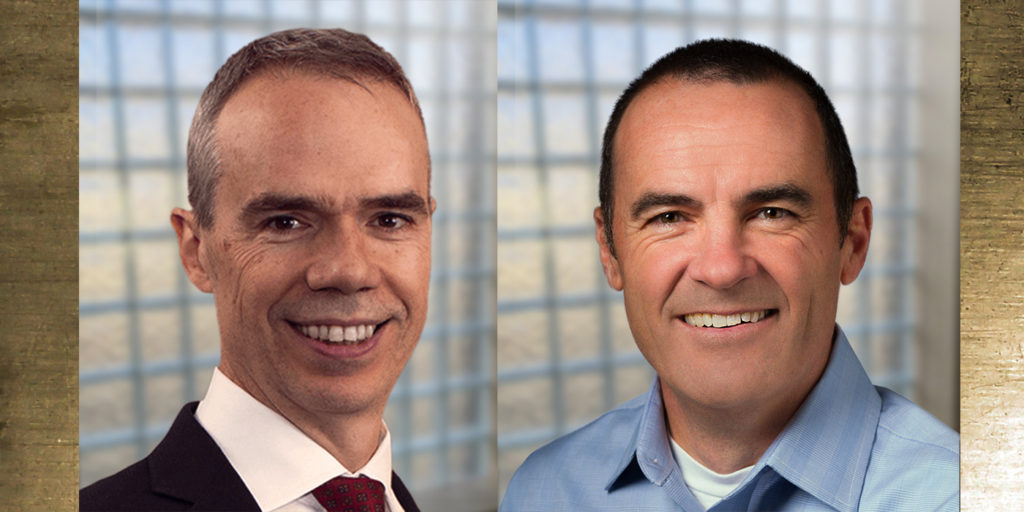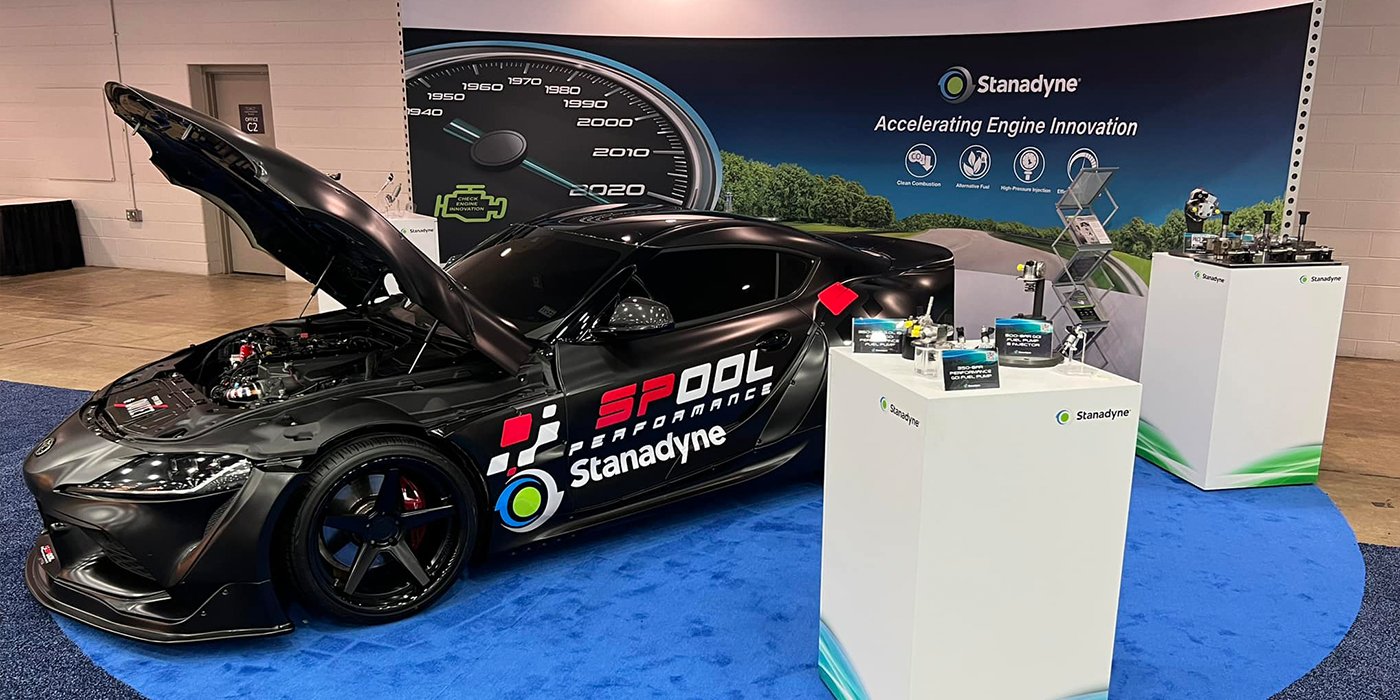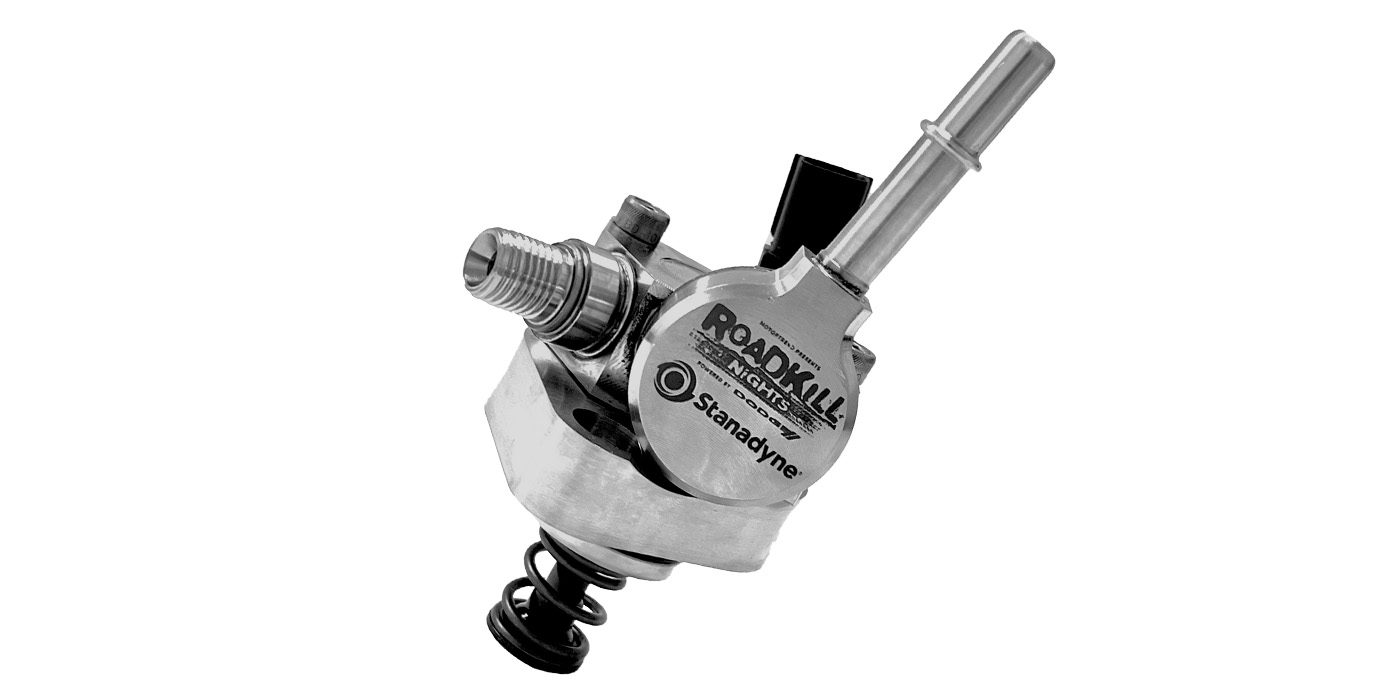In this exclusive interview, John Pinson, president, Stanadyne LLC, and Steve Gow, director, business development and sales, bring us up-to-speed on the acquisition of Pure Power Technologies and the synergies the two organizations share. We also talk about the oncoming trends influencing product development today in the various market segments the company competes in.
AMN: Why don’t we start by talking about the acquisition of Pure Power Technologies in 2019. Can you bring us up to speed on where the integration of the two businesses is at now?
John Pinson: Stanadyne announced the acquisition of Pure Power Technologies on April 9, 2019. Over the last 19 months, we have used a best-of-both approach in bringing the companies together. We also took the opportunity while integrating Pure Power to restructure some other aspects of the company to position us well for the future.
Stanadyne has been in the fuel injection system business since the 1950s and we have – for the most part – completely focused on OEMs and first fit assemblies. We recognize that our customers have a full life cycle that they must contend with – from our first sale to service support and then aftermarket and remanufacturing – the whole thing. So, we felt that the addition of Pure Power, which is focused on the aftermarket and remanufacturing, brought new competencies and important synergies to us. We are now able to go to customers and offer an end-to-end service.
This approach extends our engagement with customers and also provides opportunities to offer remanufacturing services under the Pure Power brand for customers who use competitor’s products. That gives us an opportunity to better serve our customers, learn about their overall product needs and feed the funnel again with new first fit assemblies and remanufacturing services.
Pure Power aftermarket customers now benefit from expansion of a North America presence to a global distribution and support footprint. Our combined global engineering, customer support and sales teams can serve our customers no matter what corner of the world they operate in.
AMN: Talk a little more about some of the other benefits and efficiencies that come with the combination of these two companies. I imagine from an OE to aftermarket perspective, there are engineering benefits as well.
John Pinson: There were a number of synergies involved in bringing the companies together and one of them is engineering. Pure Power had a well-equipped technical center located in Columbia, SC, which was a great compliment to our other Americas based engineering capabilities. During the restructuring, we have taken the step to build on to the engineering capabilities of this center significantly. We’ve added new test equipment, brought in new types of measurement instrumentation and we’ve expanded the engineering team there. The Columbia, Technical Center now supports both OE and aftermarket product development for North America and beyond. We do most of our remanufacturing in the diesel space so the enhancements made to the center were a good fit. Now we are engineering, re-engineering and servicing diesel product out of Columbia – complementing our other global diesel engineering teams.
AMN: How has the pandemic changed the way the company does business today?
John Pinson: We certainly would not be the first company to come forward and say that we’ve learned that it is possible to do much more remotely than we ever imagined. There have been some changes that have caused us to look at our office space requirements, as well as how we recruit and retain top talent. We do have a highly distributed workforce that is now even more distributed with many more people working from home at the moment. I think we’ve learned a lot from that.
We have company presence in the US, China, India, UAE and in Italy, in the Brescia area. You may recall from the early news reports that Brescia was one of the first sites in Europe to be severely impacted. In China, one of our major customers operates out of Wuhan, which was the epicenter of the initial outbreak. Every site we operate in has been affected in some way by COVID – both directly and by customer and supply chain interruptions. On top of the business disruptions that we have faced, our customers’ buying behavior was altered both positively and negatively depending on the product segment. There’s not a single aspect of the business that has not been affected by it.
Having said that, we’re a resilient and innovative company and a lot of hard work by our global associates has paid off. We have used the crisis to accelerate and broaden our global restructuring efforts in order to position the company well for the coming recovery. At the same time, we’ve been able to maintain a reasonable level of operating efficiency within the constraints during the downturn and with fluctuations in demand.
Steve Gow: From a customer’s perspective, part of the value proposition that Stanadyne and Pure Power has is our state-of-the-art facility that we offer to our customers. It offers OEM-caliber design, engineering, manufacturing and remanufacturing, along with our testing and flexibility to scale. Part of the value proposition is bringing perspective clients to our facilities to see the evidence of what we say and of course with COVID, it has presented some challenges.
AMN: What are some of the trends and changes in vehicle technology that are influencing what you’re going to bring to market over the next several years?
John Pinson: There is a great deal of momentum building in the automobile sector, particularly in other countries, toward electrification. We see that as a trend; however, we don’t think we’re going to see the immediate death of the internal combustion engine any time soon. You’ll more probably see an adaptation of IC engines and a move towards hybridization with widespread pure electrics focused on smaller vehicles first.
You are going to see the continued drive for efficiency. Particularly in the commercial sector, efficiency is a major concern, and keeping the engines clean at the same time. In terms of how our business is affected by these macro trends, I think we’re in we’re positioned well. We have technologies that are in segments that are going to continue to require innovation in IC engines going forward. That’s particularly true in the diesel, off-road, industrial, agriculture and aftermarket remanufacturing side. These powertrains are likely to experience incremental technological change, whereas perhaps in the smaller automotive segments, you’re going to see more profound change as they move more and more towards radical electrification.
AMN: As we wrap up our interview, what would you like AMN readers to know about Stanadyne and Pure Power?
Steve Gow: From Pure Power’s perspective, we are positioned really well to serve the aftermarket business. We are continually investing in ourselves, in the product portfolio, so we’re not standing still, even as the economy is not necessarily giving us the sort of wins that we wanted. It’s important for us to position ourselves so that when we get an economic uptick, we’re there and we’re ready to service the market. We’re well entrenched throughout the industry, but I would say that, to a degree, we’re a little bit of an unknown entity. The great thing about being part of the Stanadyne organization is that given their history, their tenure and the strength of the brand we’ve been able to leverage that for ourselves to help us grow our business throughout the aftermarket.
John Pinson: As we touched on earlier, our expanded product offerings for customers range from first fit OE assemblies, service, aftermarket sales and remanufacturing. PurePower already brings a strong OEM oriented manufacturing culture to the discipline of remanufactured components – often achieving better than new performance. As a combined entity, we understand and can deliver high quality products and service at every stage of the product life cycle.
Looking to the road ahead, we’ve been fortunate that the impact of COVID on our business has been moderated a somewhat by the fact that we are in on-road commercial truck in a fairly heavy way. With the increase in deliveries related to at-home service, we’ve seen a significant uptick there. Whereas on the repair side of business, particularly remanufacturing, has been down because equipment like school buses are not running as much. I am expecting that we will see a recovery in 2021, and I think we’re well-positioned to retain and grow market share in the commercial truck area. I think we’ll see a rebound also in our aftermarket sales as well.
To Steve’s point, we intend to grow the company. 2020 was a year of integration and of leaning the business out in response to COVID, but also, we’ve been continuing to grow our capabilities. This year we’ve invested in the Columbia Technical Center and opened two new engineering centers – one at our Jacksonville, North Carolina manufacturing site and one in the Detroit metro area, and we’ve been hiring top talent.
They’ve been working on products for the future in both the remanufacturing space as well as new first fit assemblies for the OE market. During the downturn we’ve been able to invest heavily in creating the future. So, we’re very eager to take the new integrated company out for a spin and show the market what we have.














